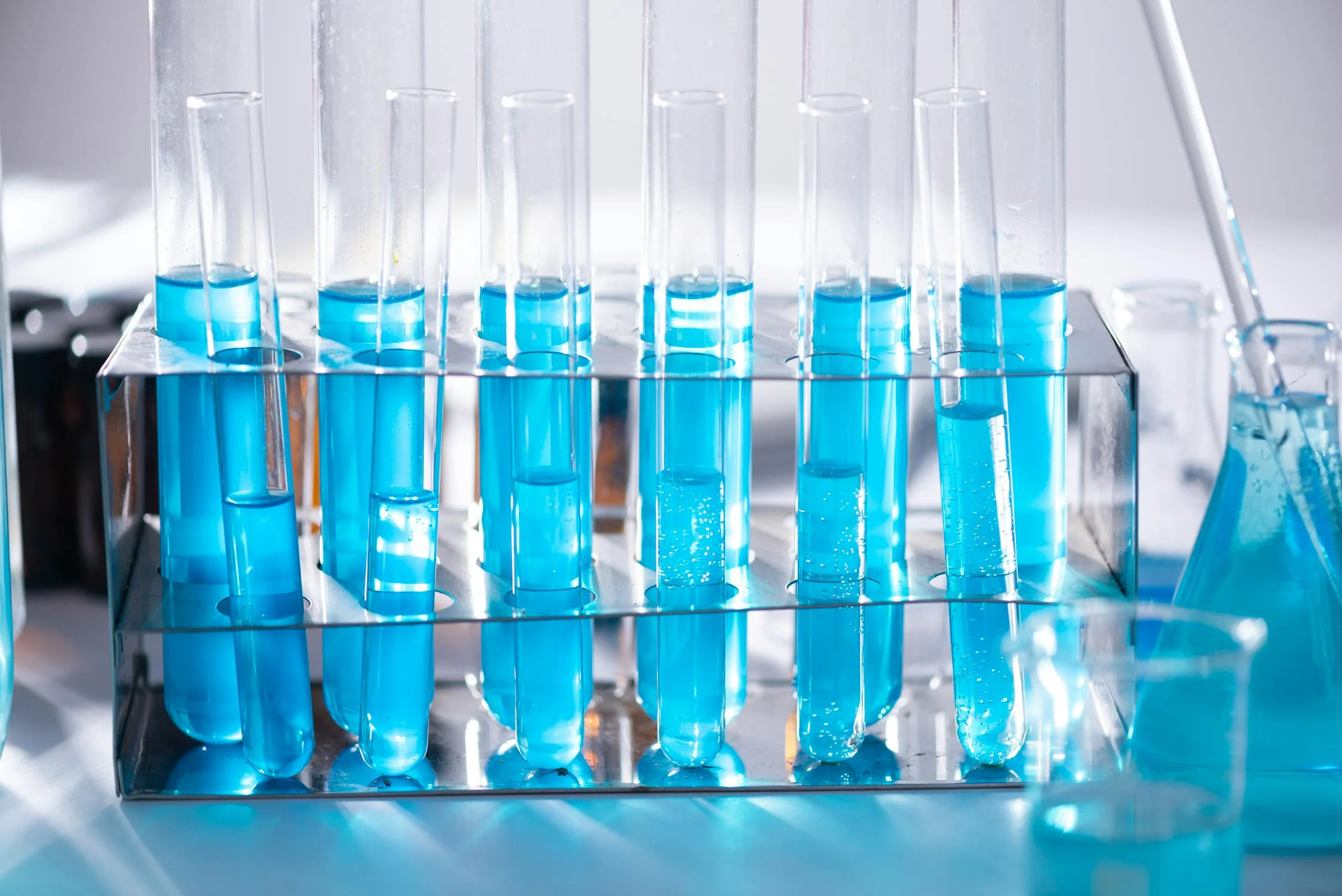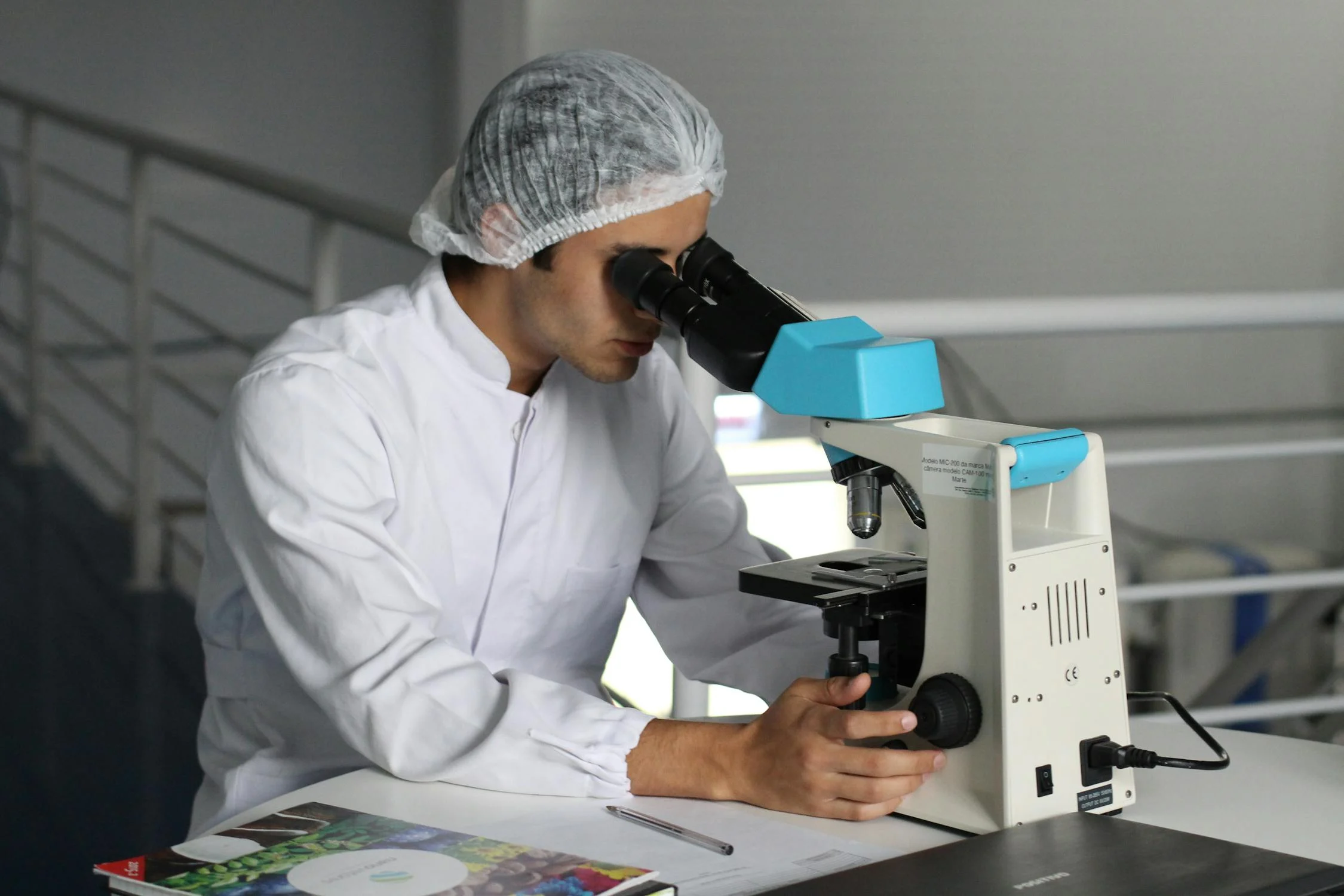In the context of sarcoidosis, both 25-hydroxyvitamin D (25(OH)D) and 1,25-dihydroxyvitamin D (1,25(OH)2D) levels can be significantly altered due to the disease’s impact on vitamin D metabolism:
- 25-Hydroxyvitamin D (25(OH)D):
- This is the primary circulating form of vitamin D and is used to assess an individual’s vitamin D status. In sarcoidosis, serum levels of 25(OH)D might be normal or decreased. However, due to the granulomatous process, there can be an increase in the conversion of 25(OH)D to its active form.
- 1,25-Dihydroxyvitamin D (1,25(OH)2D):
- This is the active form of vitamin D. In sarcoidosis, levels of 1,25(OH)2D can be elevated due to the extra-renal production of this metabolite by macrophages within granulomas. This can lead to hypercalcemia (high levels of calcium in the blood) because 1,25(OH)2D increases intestinal calcium absorption and bone resorption.
Key Points:
- Hypercalcemia in sarcoidosis is often linked to elevated 1,25(OH)2D levels due to inappropriate production by granulomatous tissue.
- Monitoring these levels is crucial because high 1,25(OH)2D can lead to symptoms like fatigue, weakness, and renal stones.
- Treatment might involve managing vitamin D levels, sometimes through the use of corticosteroids to reduce granuloma activity, or specific therapies aimed at reducing vitamin D production or its effects.
Ranges
25-Hydroxyvitamin D (25(OH)D):
- Normal range: Typically considered to be between 30 to 100 ng/mL (75 to 250 nmol/L).
- Deficiency: Below 20 ng/mL (50 nmol/L).
- Insufficiency: Between 20-29 ng/mL (50-74 nmol/L).
- Sufficiency: 30 ng/mL or above (75 nmol/L or above).
- 1,25-Dihydroxyvitamin D (1,25(OH)2D):
- Normal range: This metabolite is more tightly regulated and less commonly measured for assessing vitamin D status. The normal range is generally between 15-75 pg/mL (38-188 pmol/L). However, levels can vary due to various physiological factors like kidney function, parathyroid hormone levels, and phosphorus concentrations.





Leave a Reply